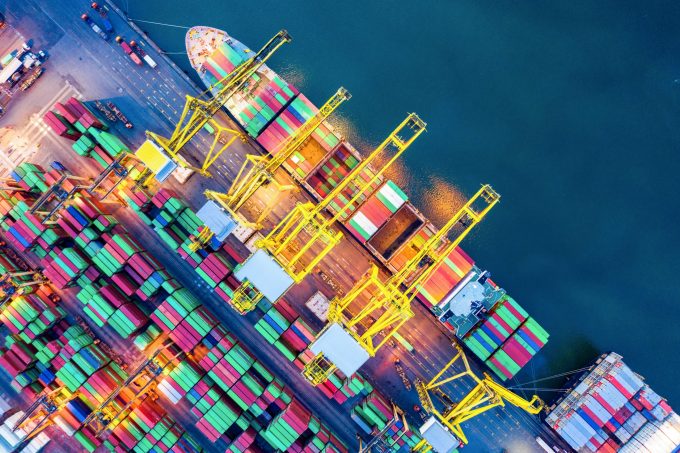$1.5m China-built ship charge would bring return of US port congestion
The million-dollar-plus charges for Chinese-built vessels calling at US ports would unsurprisingly put inflationary pressure ...

Backhaul container spot rates are experiencing significant drops, although North Europe and US shippers take “pot-luck” when nominating sailings due to the vast number of blanked voyages on the tradelanes.
These exporters have endured a challenging two years as imports from Asia dictated ocean carrier strategy. But now the tables have turned, and backhaul shippers are being coveted again.
With carrier FAK rates at their peak a year ago, for both Asia to Europe and transpacific headhaul, of up to $20,000 a ...
'Disastrous' DSV-Schenker merger would 'disrupt European haulage market'
'To ship or not to ship', the question for US importers amid tariff uncertainty
'Chaos after chaos' coming from de minimis changes and more tariffs
List of blanked transpac sailings grows as trade war heats up and demand cools
EC approves DSV takeover of DB Schenker
Shippers in Asia restart ocean shipment bookings – but not from China
Forto 'sharpens commercial priorities' as it lays off one-third of staff
India withdraws access for Bangladesh transhipments, in 'very harmful' decision
'Tariff hell' leaves industries in limbo – 'not a great environment to plan'
Temporary tariff relief brings on early transpacific peak season
Pre-tariff rush of goods from US to China sees air rates soar, but not for long
De minimis-induced ecommerce demand slump could cripple freighter operators
Asian exporters scramble for ships and boxes to beat 90-day tariff pause
Forwarders 'allowing the fox into the chicken run' by supporting 'hungry' carriers
Hapag 'took the bigger risk' when it signed up to Gemini, says Maersk
'Restoring America's maritime dominance' – stop laughing at the back of the class

Comment on this article